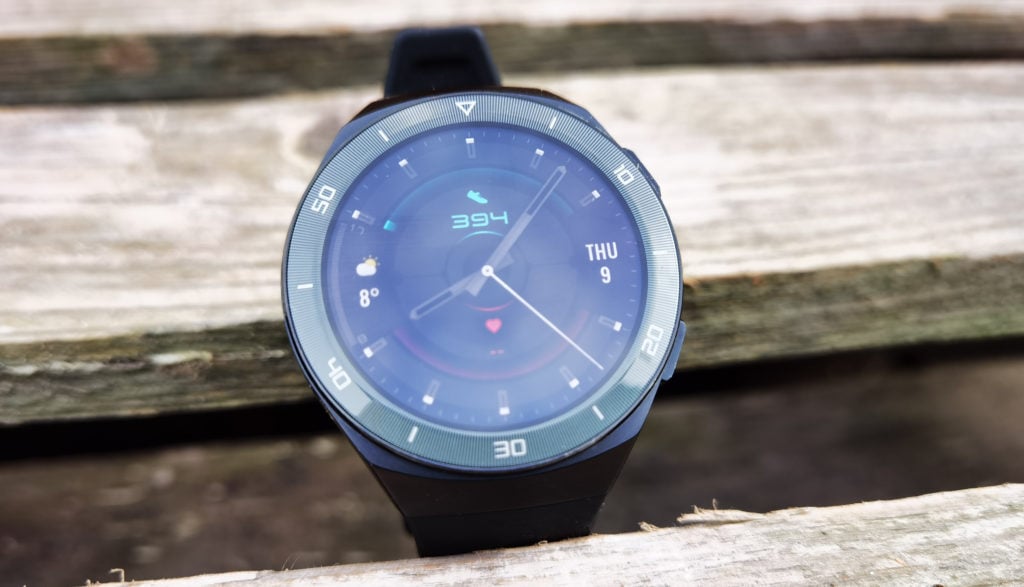The smartwatch market has been relatively slow to take off. But demand for intelligent wearable devices has grown consistently year-on-year and is now bigger than ever.
While we might typically think of smartwatches as being produced purely by the tech companies, these days, larger fashion brands have also moved into the market, massively expanding the range of styles available. In terms of choice, there’s never been a better time to buy into the technology.
Key considerations when buying a smartwatch

There are multiple options when buying a smartwatch — from technology to materials — and each commands its own price point. Also, there often considerable differences between smartwatches for men and those for women so be sure to check out the full ranges available.
However, in general, the key things you should look for from the tech include:
- Compatibility with existing devices: Just as with smartphones, there are two leading players when it comes to Operating Systems (OS) on smartwatches – Apple and Android. It’s worth noting Apple Watch will only work with Apple iPhones and will not pair with Android devices. The same is not true vice versa, though; both Samsung and Google’s watches will only have limited functionality when paired with an iPhone. As a rule, let your existing OS dictate which phone you choose to save potential headaches further down the line.
- Number and variety of apps: The amount of software built onto watches can be quite limited, so ensure your device of choice has the specs and processing power to be able to run apps produced by independent developers.
- Fitness monitors and GPS: Almost all smartwatches can communicate with your mobile device to gather and track GPS details, but if you want to true flexibility, opt for a device that has positioning and monitoring built in as standard.
This will allow you to capture data from your runs, swims, or other sporting activities without having to tether with your phone. Also, heart rate sensors are a fantastic way to keep track of your physical exertion while you’re exercising and give you the most accurate picture of your overall health.
- Battery life: Batteries are the scourge of all modern technology and the one aspect that most often disappoints users. Of course, with a device as small as a watch, by the time the technical gubbins have been accommodated, there’s very little space for a battery, resulting in a frequent trade-off between form, function, and battery longevity. As a rule, hybrid smartwatches will have a considerably longer battery life, but most achieve this by sacrificing a touch screen. As is so often the case with tech these days, compromise is the name of the game when it comes to battery life and only you can decide which is more important — less time charging or less functions.
- Straps and buckles. You should check the strength and simplicity of the watch’s clasp or buckle to avoid potentially losing it while you’re exercising. It’s also worth checking the options for replacement straps, which can have a dramatic effect on the overall look and feel of your watch.
Several factors will help you determine the right smartwatch for you, ranging from aesthetics, colors, shape, size, weight, and of course, the available apps. Without exception, all smartwatches work best when paired with mobile devices running the same OS, so use that as your base before thinking about how you’re going to use the watch.